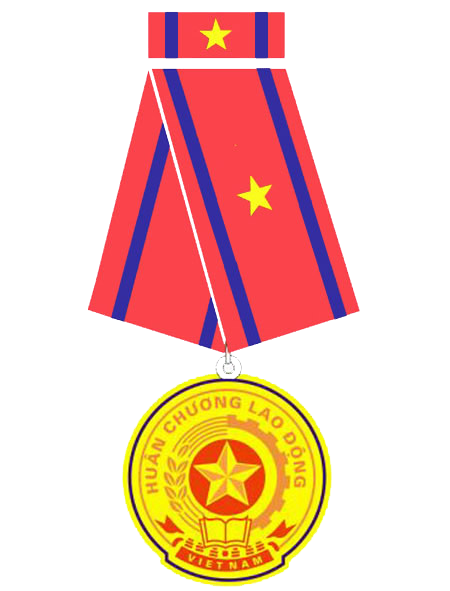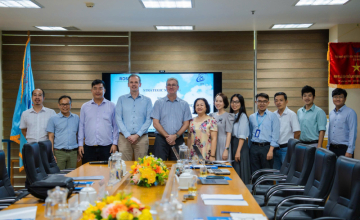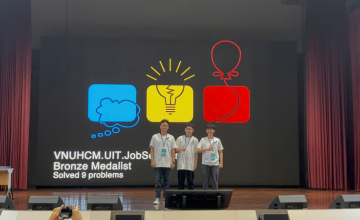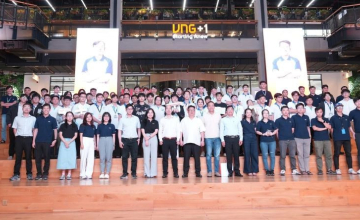Title: MULTIVARIATE SPATIO-TEMPORAL DATA VISUALIZATION MODEL
[Doctoral Dissertation in Computer Science]
Author: Nguyen Thi Hong
Abstract:
Data visualization is a mapping of data into information and/or knowledge. In this process, data is represented as a visual graph suitable for human visual perception in transforming the graph into information or knowledge. The dissertation "Multivariate Spatio-Temporal Data Visualization Model" has systematized the process of transforming data into corresponding knowledge with human visual perception and the process of representing multivariate data of research cases to structure into a framework for visualizing multivariate spatio-temporal data. However, visualizing multivariate data faces significant challenges due to technical limitations of display environments and biological constraints of the human visual system. The dissertation has analyzed and decomposed this challenge into three research questions to build a visualization framework: (1) How to represent multivariate data on a 2D display environment?; (2) How to display multidimensional graphs with desired visual properties?; (3) How to overcome the limitations of size and resolution of 2D display environments?
Surveying the relationships of data variables in applied visualization cases, the dissertation proposes a multidimensional block model for representing multivariate data. The non-spatial multidimensional block represents non-spatial multivariate data. The 2D spatial block, also known as the multidimensional map, represents data of moving objects on the ground and spatio-temporal data. The 3D spatial block represents aerial data. These multidimensional blocks visualize multivariate data to support users in answering analytical questions including elementary questions, global questions, and relational questions. When analyzing data according to relational questions of survey cases, users have extracted useful information from non-spatial multidimensional block representations of experimental datasets related to the hand-foot-mouth disease epidemic in Binh Duong province and from multidimensional map representations of experimental datasets related to the dengue fever epidemic in An Giang, Soc Trang, and Tien Giang provinces.
Based on real-world experimental applications, the dissertation approaches from both sides of mapping data into information and/or knowledge to establish a multivariate data visualization system consisting of two components: technical visualization and visual perception. The technical visualization component transforms data into graphs by computers, while the visual perception component transforms graphs into information by humans. For the technical visualization component, the dissertation applies the philosophy of "the whole is greater than the sum of its parts" to structure a visualization framework transforming multivariate dataset into a graph suitable for users' visual perception and requirements. The visualization framework consists of two layers: visualization mapping and visual display. The visualization mapping layer is influenced by the characteristics of the data in transforming the multivariate dataset into a multidimensional graph. The visual display layer is influenced by the characteristics of visual perception and user requirements in enhancing the visual properties of the multidimensional graph.
The visualization framework representing multidimensional data proposed by the dissertation "Multivariate Spatio-Temporal Data Visualization Model" is an interactive visualization framework. Graphic tools provided to users not only interact with visual graphs but also interact with all visualization functions to improve the visual properties of the graph according to users' preferences. The visualization framework has addressed three research questions related to challenges in visualizing multivariate spatio-temporal data. The dissertation has established a process of integrating visual perception variables as a strong solution to enhance the visual properties of multidimensional graphs. The integrated approach to visual perception applies Descartes' product of visual perception variables with layers of flat feature signs to enhance visual properties, where the emerging visual perception variables are subsets of a basic visual perception variable or subsets of the product of basic visual perception variables. The increase in the number of emerging visual perception variables resulting from the product of basic visual perception variables leads to an increase in the significant number of integrated visual perception variable flat feature layers.
For those interested, please visit the Library to read the hard copy or access the full text remotely at the following address:https://ir.vnulib.edu.vn/handle/VNUHCM/15987
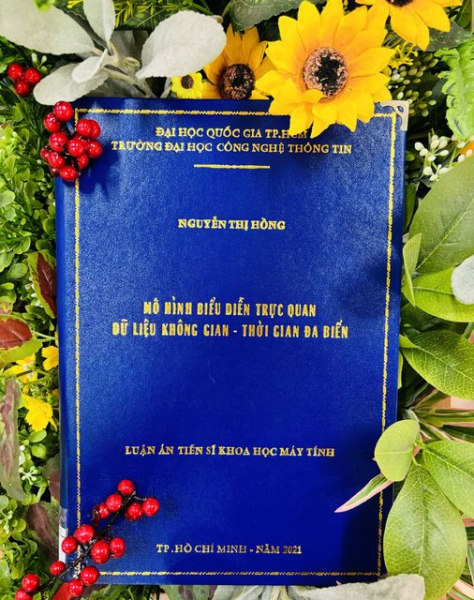
For more details, visit: https://www.facebook.com/LibUIT.Fanpage/posts/pfbid0W8uqZPuLQthjBekXkx...
Ha Bang - Media Collaborator, University of Information Technology
Nhat Hien - Translation Collaborator, University of Information Technology

